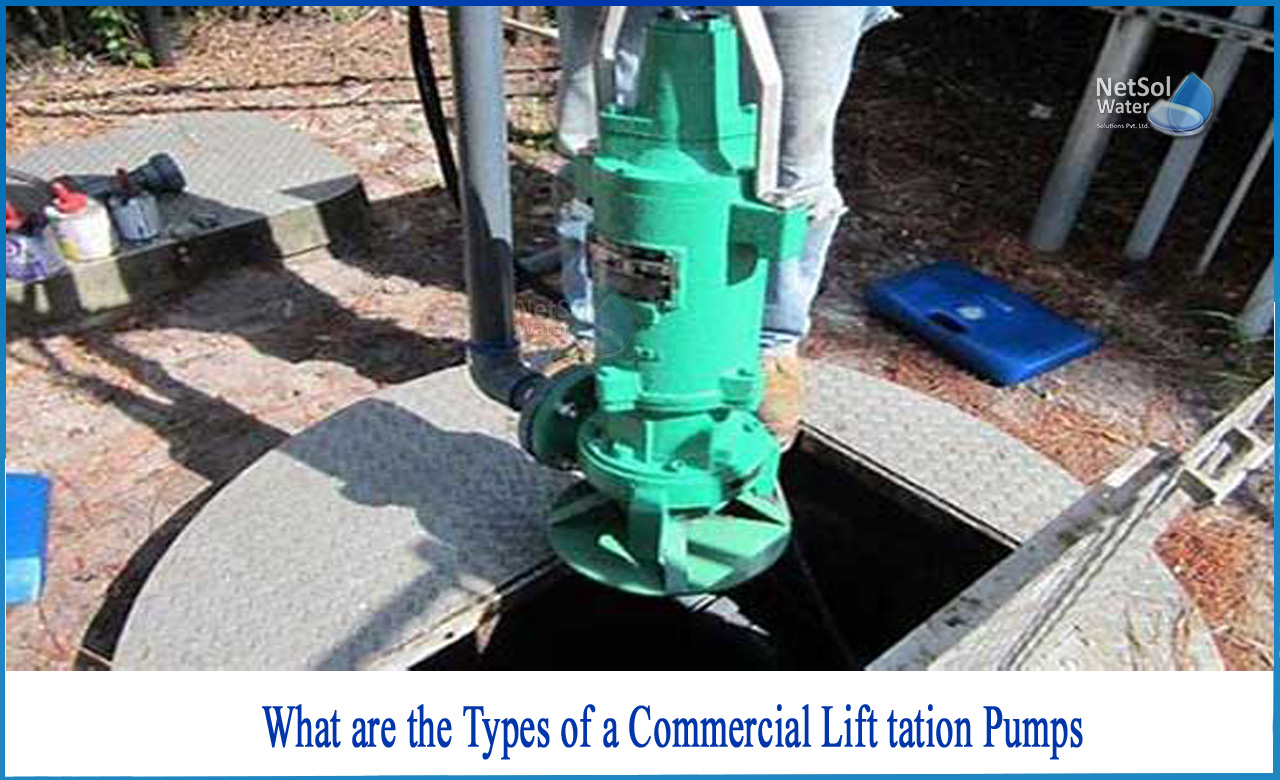What are the types of a commercial lift station pumps?
A wastewater lift station is a pump station that uses a collecting system to transport wastewater or sewage from a lower to a higher elevation. Pump stations are frequently used to transport wastewater from residential and commercial buildings to wastewater treatment plants. Sewage lift stations are generally used to cut the cost of gravity flow sewage systems' original capital development. The benefit of this method is that it eliminates the need for costly excavation for sewer pipe installation, often known as trench shoring.
Installing a sewer line sometimes necessitates digging deeper than 10 feet below the surface. While lift stations within a wastewater treatment infrastructure offer intrinsic benefits over the high expense of underground gravity sewage systems, manually monitoring these lift station assets for equipment health can be time-consuming and labour-intensive.
Pumps for commercial sewage lift stations are available in a range of designs (effluents, grinders, etc.) Two questions must be answered in order to decide which type is appropriate for your application:
How big will the solids have to be pumped? What is the discharge pipe's diameter?
Simply put, 2-inch particles cannot be pumped through a 1-inch pipe. If these are the application's characteristics, a grinder pump will be required to cut the solids into smaller, more manageable chunks. This is only one example of how the type of pump you choose will be influenced by the pump duty.
The many types of pumps, as well as the applications for which they are best suited, are described below:
1: Sump Pump: Dirty water applications where solids are not typically present and are unlikely to ever exceed 3/8”.
2: Effluent Pumps: Partially or completely treated wastewater applications with solids of 1” or less.
3: Sewage Pumps: Commercial sewage applications where solids are 2 ½” or larger.
4: Vortex Pumps: Applications involve lengthy, stringy, and/or fibrous solids in trash. Raw sewage lift stations, storm water applications, and waste from paper mills are all examples.
5: Grinder Pumps: When the solid size is expected to exceed the discharge pipe's capacity. These pumps contain a hardened stainless steel cutting system that shears solids so they can pass through smaller tubes. Also beneficial in high-pressure discharge systems seen in groups of homes, motels, schools, retail malls, and other similar structures.
To meet the International Plumbing Code (IPC) criteria, any pump chosen must be capable of maintaining a velocity of 2 to 8 feet per second (See Table below). However, it's always a good idea to double-check local plumbing codes, as they may go beyond the IRC's requirements.
Your pump model selection will be based on the following:
- Flow rate
- Solid size
- Pump style
- TDH
- Discharge pipe size
- RPM
It's All About Control
On the designs, all of these features, as well as the unique pump selection and control needs, should be noted. The type of Level Controller required for the pump system, as well as all of the following components that are included within the control panel itself, will be part of the control requirements:
- Breaks the connection
- Begins with Overload Protection.
- T-O-A (Test-Off-Automatic)
- Security Systems
- Pump Rotation is automated.
Netsol Water is Greater Noida-based leading water & wastewater treatment plant manufacturer. We are industry's most demanding company based on client review and work quality. We are known as best commercial RO plant manufacturers, industrial RO plant manufacturer, sewage treatment plant manufacturer, Water Softener Plant Manufacturers and effluent treatment plant manufacturers. Apart from this 24x7 customer support is our USP. Call on +91-9650608473, or write us at enquiry@netsolwater.com for any support, inquiry or product-purchase related query.



